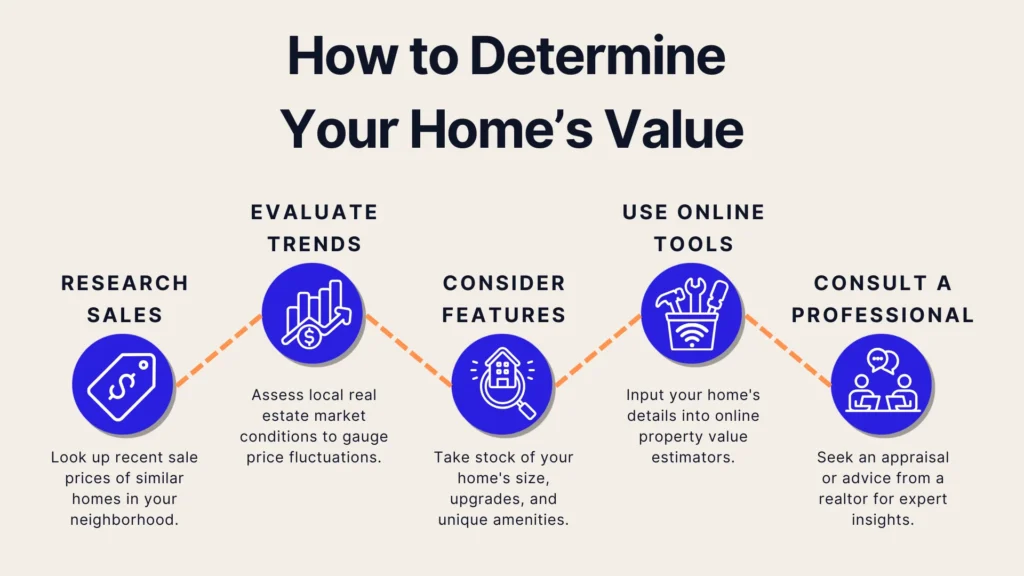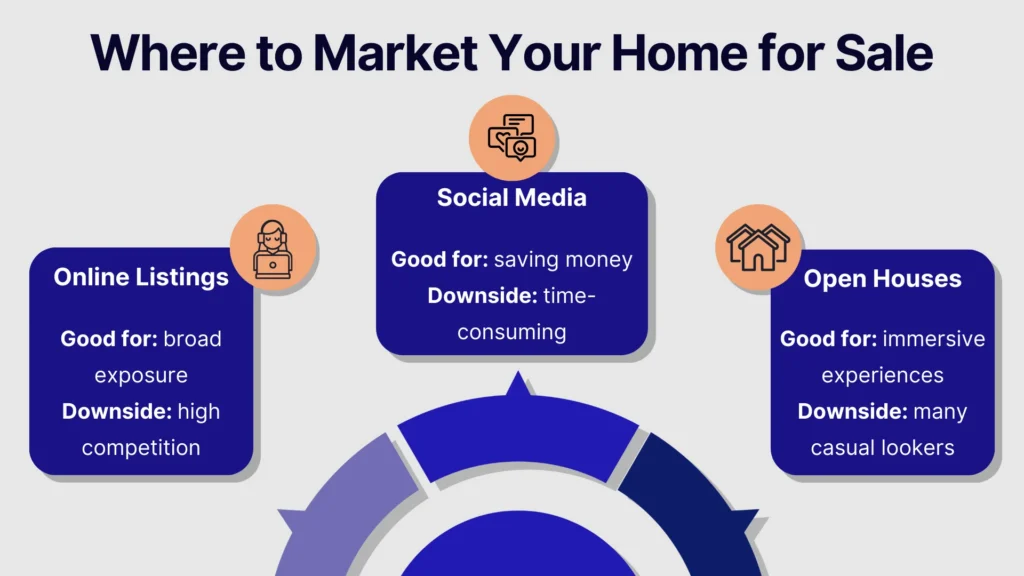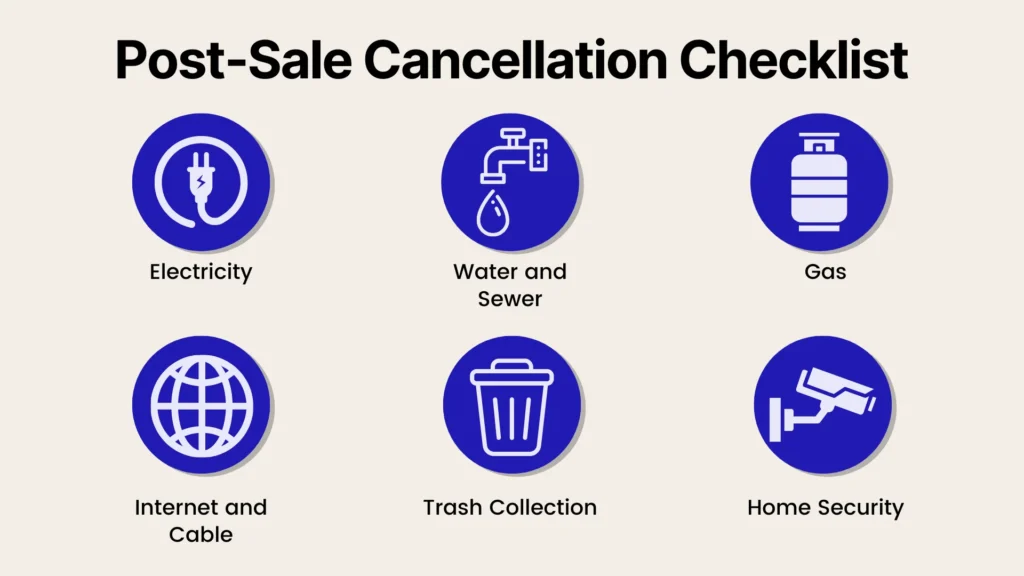The process of selling a home can feel overwhelming for many homeowners. With so many important details to manage, it’s easy to miss something that could be crucial. That’s why having a well-structured checklist can make a big sale into a more manageable and organized experience.
In this article, we’ll give you the ultimate checklist for selling your house. From initial research and preparation to post-sale tasks, each section will guide you through essential steps that can lead to a successful sale. By following this comprehensive guide, you'll be well-equipped to sell your home with confidence and ease.
Why Is A Checklist Important When Selling A House?
A checklist is a valuable tool for home sellers, guiding them through every step of the selling process. It helps ensure nothing important is missed, from preparing the home to closing the sale. By breaking the process into simple, actionable tasks, a checklist makes it easier to stay organized and on track. It also helps sellers manage their time and resources more effectively, reducing stress along the way.
The Ultimate Checklist For Selling A House
With a clear checklist, home sellers can feel confident and in control, making the entire experience smoother and more successful. Here’s what you should have on your house sale checklist to stay on track:
Research and Preparation
- Research your local real estate market: Understanding the current market conditions is crucial when selling your home. Start by researching recent sales in your neighborhood to gauge demand and pricing trends. Look into factors such as average days on market, seasonal fluctuations, and buyer preferences in your area. This information will help you make informed decisions throughout the selling process.
- Determine your home’s value: Accurately assessing your home's worth is essential for setting a competitive listing price. You might consider hiring a professional appraiser or conducting a comparative market analysis (CMA) using online tools that compare your property with similar homes that have recently sold in your area. Take into account unique features of your home—such as upgrades or location—that could influence its value.
- Learn your state’s FSBO requirements: If you plan to sell your home without an agent (For Sale By Owner), familiarize yourself with the legal requirements in your state. This includes necessary disclosures about property conditions, any required inspections, and paperwork needed for the sale. Understanding these regulations will help you avoid potential legal pitfalls and ensure compliance throughout the transaction.

Get Your Home Ready to Sell
- Declutter and depersonalize: One of the first steps in preparing your home for sale is decluttering and depersonalizing it. Remove excess belongings from every room—this not only makes spaces appear larger but also allows potential buyers to visualize their own lives within the home. Consider donating items you no longer need or holding a garage sale to lighten your load before moving.
- Perform repairs and updates: Address any minor repairs that could deter buyers from making an offer. This might include fixing leaky faucets, patching holes in walls, or replacing broken tiles. Additionally, consider making strategic updates that could enhance your home's appeal—fresh paint in neutral colors can make spaces feel brighter and more inviting, while modernizing fixtures in kitchens and bathrooms can significantly increase perceived value.
- Deep clean and stage your home: A thorough cleaning should be conducted before showings; consider hiring professional cleaners if necessary. After cleaning, staging your home can help highlight its best features and create an inviting atmosphere. Arrange furniture to maximize space and flow, use tasteful decor that complements the style of your home, and ensure that each room feels warm and welcoming.
Market Your Home
- Create a compelling listing: Write an engaging description of your home that highlights its best features—focus on unique aspects like energy-efficient appliances, spacious outdoor areas, or proximity to schools and parks. Use high-quality photographs taken during optimal lighting conditions; consider hiring a professional photographer if possible, as stunning visuals can significantly impact buyer interest.
- Choose marketing platforms: List your home on popular real estate websites to increase visibility among potential buyers. Additionally, leverage social media platforms such as Facebook or Instagram; consider creating targeted ads or posts showcasing beautiful images of your property along with compelling descriptions.
- Set up virtual and in-person showings: Make it easy for potential buyers to view your home by offering flexible showing times—this includes accommodating evenings or weekends when most people are available. Virtual tours have become increasingly popular; consider creating video walkthroughs or 3D tours that allow interested parties to explore your home remotely before scheduling an in-person visit.

Price Your Home Strategically
Setting the right price is the most important task to get right. The right price attracts buyers while ensuring you maximize profit from the sale. Analyze comparable properties in your area—look for homes similar in size, condition, and location that have sold recently.
Take into account local market trends; if homes are selling quickly or if there’s high demand in your neighborhood, you may be able to price slightly higher than average. Conversely, if homes are sitting on the market longer than usual, it may be wise to price competitively at a slightly lower price from the outset – especially if you need to sell your home quickly.
Manage Buyer Interactions
Be prepared for inquiries from potential buyers once your home is listed. Respond promptly to questions via phone calls or emails; timely communication reflects positively on you as a seller and builds rapport with interested parties.
Be open to feedback about your home – it may provide valuable insights into how buyers perceive its strengths and weaknesses. This feedback can also help you quickly adjust the way you market your home to attract better offers ASAP
Handle Offers and Negotiations
When you receive offers on your property, evaluate them carefully beyond just the price offered. Consider contingencies included in each offer – such as financing terms or inspection requests – as these can impact how smoothly the transaction proceeds. Be ready to negotiate terms that work best for you while remaining fair to potential buyers; flexibility can sometimes lead to better outcomes for both parties involved.
- Consider hiring a real estate attorney: While not always necessary, having legal assistance can help navigate complex paperwork associated with real estate transactions. An attorney can ensure compliance with local laws and regulations while protecting your interests throughout closing.
- Complete inspections: Buyers often request inspections as part of their offer process; be prepared for this step by addressing any known issues beforehand. Consider conducting pre-inspections yourself so that you can proactively resolve concerns before they arise during buyer inspections.
- Prepare for the final walkthrough: Ensure that the home is in good condition before the buyer's final inspection; this step is crucial for building trust with them as they prepare for ownership transition.
- Sign necessary documents: Be ready to sign various documents at closing—including the deed transfer and settlement statement—so familiarize yourself with what will be required ahead of time.
- Transfer the title: Ensure all title documents are correctly processed before the ownership transfer. This helps make sure the transfer goes smoothly without delays or complications.

After the Sale
Once the sale of your home is complete, there are still important tasks left for a smooth, fuss-free transfer of ownership:
Keep copies of all documents for tax purposes: Store all paperwork related to the sale safely; this includes contracts signed during negotiations along with any disclosures made about property conditions prior to sale. These may be needed later for tax filings or legal matters.
Cancel utilities, insurance, and other services: Notify service providers (electricity/gas/water/internet) about your move-out date so they can stop billing. Also, remember to cancel or transfer your homeowner’s insurance policies once ownership has officially transferred over.
Notify relevant parties: Update your banks, credit cards, subscriptions, and other relevant institutions with your change of address.

FSBO Tools and Resources
If you're considering selling your home without an agent (For Sale By Owner), there are several tools that can help you through this complicated process:
- Zillow: Offers features specifically designed for FSBO sellers, including listing management capabilities and analytics tracking.
- FSBO.com: Provides simple listing packages featuring MLS access. This allows for wider exposure across multiple platforms, increasing the chances of finding interested buyers quickly.
- Propbox: AI-powered platform that assists users in preparing, marketing, and selling a house. Helps homeowners to price accurately, market widely, and maximize profit from a home sale.
Conclusion
Using a checklist to sell your home ensures you’re on top of every detail, from staging and pricing to closing the deal. But why stop there? Propbox elevates your checklist with tools like AI-driven pricing, transparent insights, and automated scheduling to make every step faster and easier.
With Propbox, you’ll sell smarter, save on commissions, and stay in full control. Turn your checklist into a streamlined selling experience – use Propbox today.
